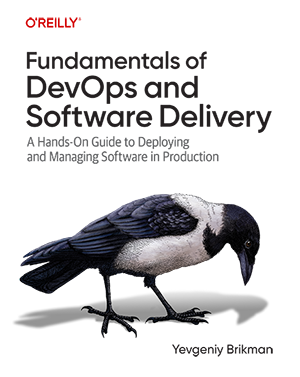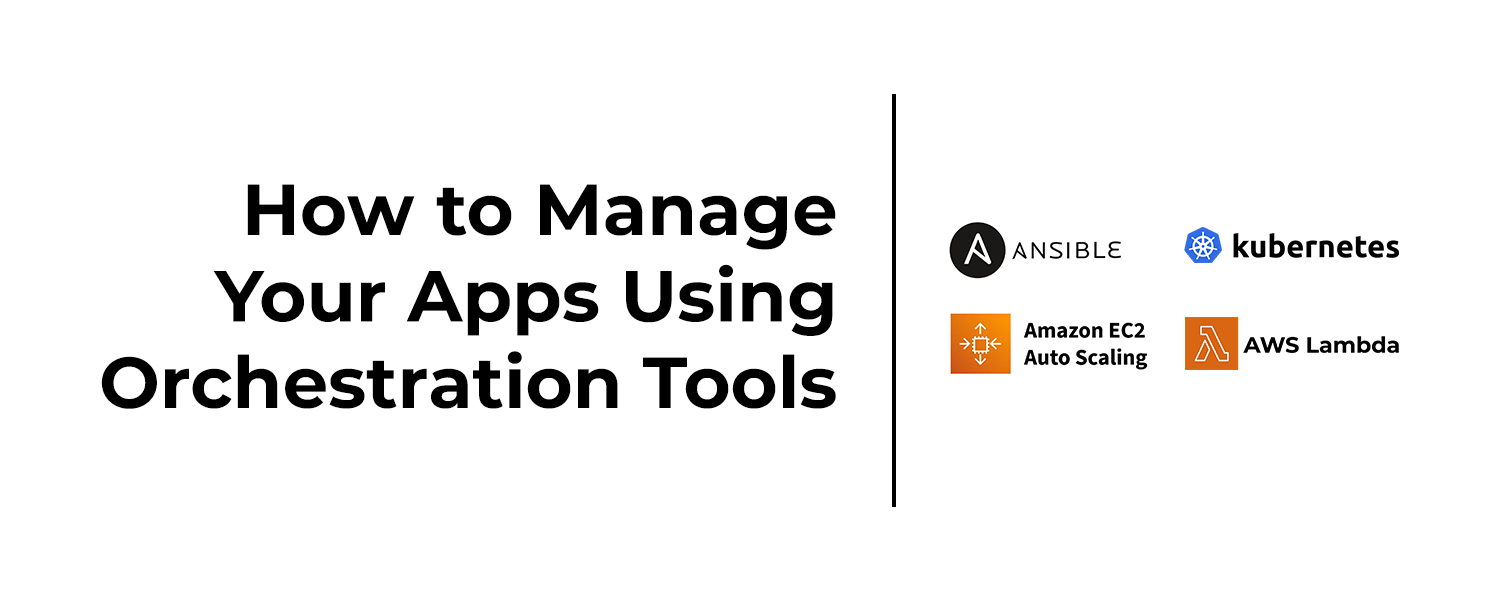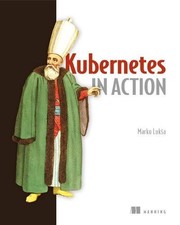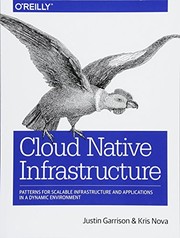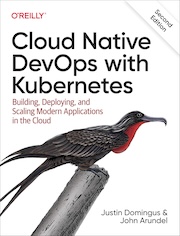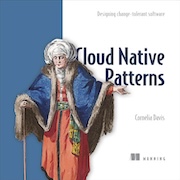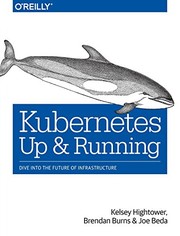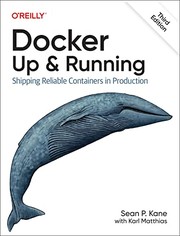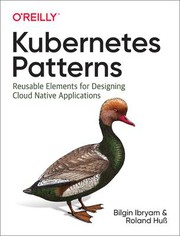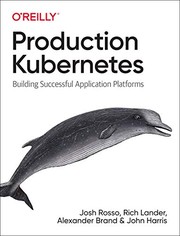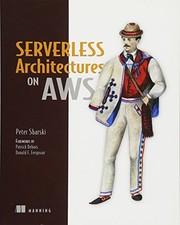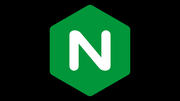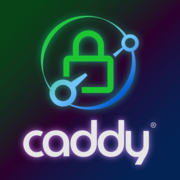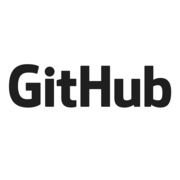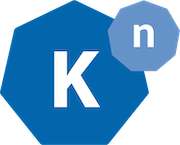Learn how to deploy and manage your apps using orchestration approaches such as server orchestration (e.g., Ansible), VM orchestration (e.g., Auto Scaling Groups), container orchestration (e.g., Kubernetes), and serverless orchestration (e.g., AWS Lambda).
3.1 An Introduction to Orchestration
3.2 Server Orchestration
3.2.1 Example: Deploy an App Securely and Reliably Using Ansible
3.2.2 Example: Deploy a Load Balancer Using Ansible and Nginx
3.2.3 Example: Roll Out Updates with Ansible
3.3 VM Orchestration
3.3.1 Example: Build a VM Image Using Packer
3.3.2 Example: Deploy a VM Image in an Auto Scaling Group Using OpenTofu
3.3.3 Example: Deploy an Application Load Balancer Using OpenTofu
3.3.4 Example: Roll Out Updates with OpenTofu and Auto Scaling Groups
3.4 Container Orchestration
3.4.1 Example: A Crash Course on Docker
3.4.2 Example: Create a Docker Image for a Node.js app
3.4.3 Example: Deploy a Dockerized App with Kubernetes
3.4.4 Example: Deploy a Load Balancer with Kubernetes
3.4.5 Example: Roll Out Updates with Kubernetes
3.4.6 Example: Deploy a Kubernetes Cluster in AWS Using EKS
3.4.7 Example: Push a Docker Image to ECR
3.4.8 Example: Deploy a Dockerized App into an EKS Cluster
3.5 Serverless Orchestration
3.5.1 Example: Deploy a Serverless Function with AWS Lambda
3.5.2 Example: Create a Lambda Function URL
3.5.3 Example: Roll Out Updates with AWS Lambda
3.6 Comparing Orchestration Options
3.7 Conclusion
